Kalonzo Musyoka’s ambitions to lead the Azimio La Umoja One Kenya Coalition party may face obstacles due to key positions being held by allies of ODM leader Raila Odinga.
Despite endorsements from Jubilee Secretary-General Jeremiah Kioni and DAP-K party leader Eugene Wamalwa for Musyoka as the new coalition leader, neither is a member of the Coalition Council, which is the primary body responsible for leadership changes.
According to the Office of the Registrar of Political Parties (ORPP), the Coalition Council consists of former President Uhuru Kenyatta, who serves as its chair, and Mr. Odinga, the coalition leader.
Other members include Musyoka, Junet Mohammed (coalition secretary-general), Narc-Kenya leader Martha Karua, Kanu Chairman Gideon Moi, Narc leader Charity Ngilu, former DAP-K leader Wafula Wamunyinyi, ex-Taita Taveta MP Naomi Shaban, nominated MP Sabina Chege, and Abdi Noor. Karua has since notified her exit from the coalition.
Registrar Anne Nderitu confirmed that Ali Hassan Joho resigned from the council upon his appointment as the Mining and Blue Economy Cabinet Secretary, and Wycliffe Oparanya stepped down as the NCEC chairman.
Their replacements have not been announced.
Nderitu stated that aside from the resignations, the coalition’s leadership structure remains unchanged from its establishment in April 2022.
The council is the sole authority for making any leadership changes within the coalition and permits exits by partner parties.
On Tuesday, Musyoka proclaimed himself the new coalition leader, succeeding Odinga on the same day that Odinga was officially presented for the African Union Commission chairmanship at State House, Nairobi, with East African Heads of State in attendance. Kioni, Wamalwa, and ODM’s Babu Owino were present for Musyoka’s leadership announcement.
Musyoka claimed his absence from State House was to assert his position as the opposition leader, a sentiment echoed by Wamalwa, who stated that Musyoka’s new role was due to Odinga’s absence.
The coalition’s press release expressed support for Odinga’s continental bid while affirming their dedication to pushing for good governance.
It emphasized their commitment to the people’s agenda and continued the work initiated by Odinga.
To officially assume the leadership role, Musyoka needs more than just public declarations; he must ensure the council meets to authorize leadership changes.
An earlier attempt to have Kenyatta call a council meeting failed, and only Kenyatta, Odinga, or Mohammed could convene the council.
An Odinga ally commented that many endorsing Musyoka are not council members and thus cannot vote for a new leader, even if a meeting is held.
Kioni, however, dismissed concerns about legalities and emphasized that the focus should be on who is effectively leading the opposition, regardless of formal titles.
Kioni insisted that Musyoka is now the opposition leader, with Wamalwa as co-deputy party leader.
He argued against delaying the reorganization due to legal technicalities, stressing that Odinga should step aside to allow the coalition to adapt.
Siaya Governor James Orengo stated that the coalition’s future leadership would depend on the strength of each party within it, aligning with both standing orders and coalition instruments.
ODM remains a major player in the coalition, according to Orengo.
Mombasa Governor Abdullswamad Nassir, ODM’s deputy party leader, indicated that the ODM Central Management Committee will discuss the political situation and Musyoka’s leadership role in their upcoming meeting.
He assured that ODM has no issue with Musyoka leading the coalition.
Musyoka and Wamalwa have both announced their intentions to run for president in the next election, with discussions suggesting a potential joint ticket, Musyoka as the candidate and Wamalwa as the running mate.

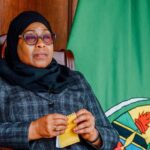
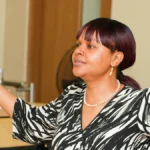
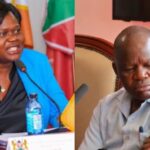

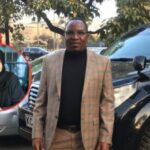

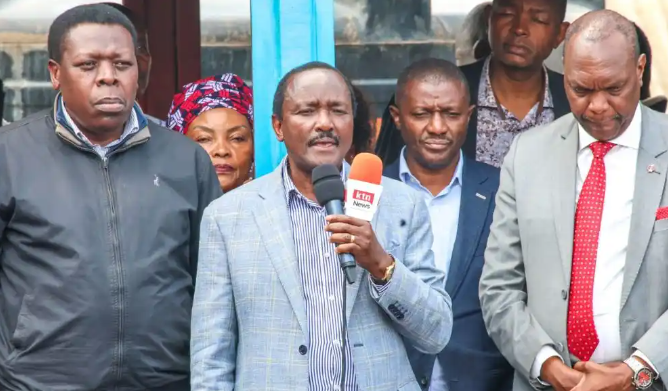

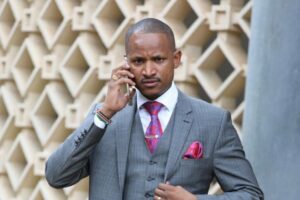
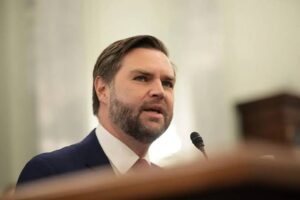
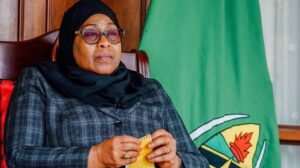
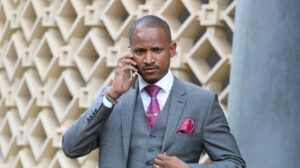
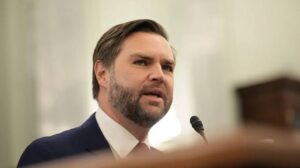
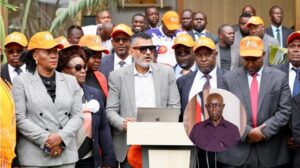
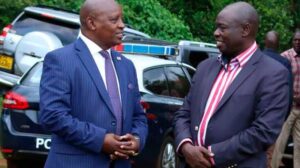
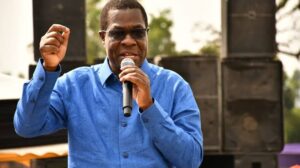
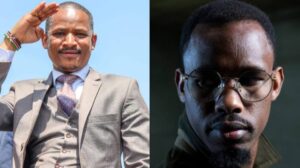
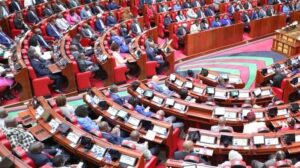
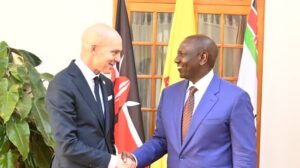
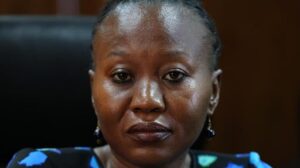
Add Comment